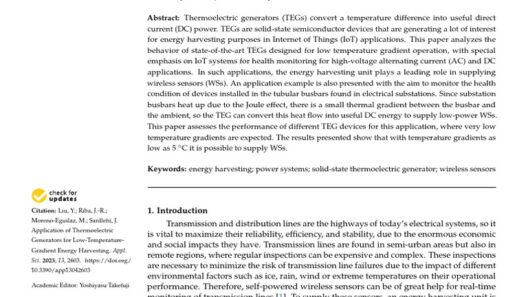As the cataclysm of climate change continues to unfold, the world finds itself at a crucial juncture. The complexities of global warming demand innovative solutions, and amidst these challenges, Artificial Intelligence (AI) emerges as a beacon of hope. The question arises: can AI play a pivotal role in solving the existential threat posed by climate change? The answer hinges on the extensive capabilities of AI, the evolution of smart technology, and an unprecedented shift in how humanity engages with environmental issues.
The nexus between AI and climate science is becoming increasingly apparent. AI possesses the unique ability to analyze vast amounts of data swiftly, discerning patterns that the human eye may miss. By harnessing algorithms, machine learning, and data modeling, AI can simulate climatic changes and forecast future scenarios. This functionality is indispensable for governments and organizations tasked with crafting effective environmental policies. By predicting the trajectory of temperature rises, precipitation patterns, and even the incidence of natural disasters, AI enhances our capacity for resilience in the face of climate adversity.
Moreover, AI significantly contributes to renewable energy optimization. As nations transmute their energy infrastructures to embrace sustainability, AI systems play a critical role in enhancing energy efficiency. For instance, smart grids powered by AI can analyze consumption patterns in real-time, enabling better allocation of resources. This ensures that renewable sources like solar and wind energy are utilized efficiently, reducing waste and promoting sustainability. Such technology not only curtails greenhouse gas emissions but also encourages the shift away from fossil fuels, underscoring a vital aspect in combating global warming.
In agriculture, the integration of AI culminates in transformative practices that could redefine food production methods. Precision agriculture, augmented by machine learning and data-driven insights, allows farmers to utilize resources judiciously. AI technologies can assess soil health, optimize irrigation practices, and enhance crop yields while minimizing pesticide and fertilizer usage. This nuanced approach to farming is more than a method; it is an essential strategy to mitigate the environmental toll of conventional agriculture, which is often cited as a significant contributor to climate change through land degradation and deforestation.
Transportation is another critical area where AI is revolutionizing climate strategies. The advent of autonomous vehicles and smart traffic management systems aims to reduce carbon footprints significantly. AI can facilitate smoother traffic flow, minimizing congestion and consequently lowering emissions. Furthermore, the integration of AI with electric and hydrogen-powered vehicles is propelling the transition toward greener transport solutions. The ripple effect of such advancements could reshape urban landscapes, reduce pollution levels, and foster healthier cities.
However, the intersection of AI and climate tech is not devoid of challenges. The deployment of AI technologies can lead to increased energy consumption, particularly in data centers that require substantial power to operate. The irony of using AI, a potential solution to climate challenges, which itself consumes a significant amount of energy, cannot be overlooked. This dilemma prompts a critical conversation about the sustainability of AI development and the necessity for the industry to pursue greener computing solutions, such as utilizing renewable energy for data centers and optimizing code to reduce energy consumption.
Ethical considerations also loom large in the discourse surrounding AI and climate action. Technologies must be deployed equitably, ensuring that vulnerable communities, which often bear the brunt of climate impacts, have access to innovations and resources. Additionally, transparency and accountability must guide AI applications in climate science. Rigorous oversight is paramount to prevent biases in algorithms that could skew data interpretation and policy decisions. The partnership between AI developers and environmental scientists must be predicated on open dialogue, collaborative strategies, and a shared commitment to sustainability.
Looking toward the future, the promise of AI in combating climate change is immense but requires concerted global efforts. Policymakers, scientists, and technologists must collaborate to cultivate a comprehensive framework that facilitates the integration of AI into climate action plans. Governments could incentivize research and development by providing funding for AI-driven projects focused on sustainability while ensuring that climate tech adheres to principles of equity and justice.
Educational institutions must also play a pivotal role in this transition. As the demand for skilled individuals adept in both AI and environmental science grows, academic programs should evolve to equip the next generation with the necessary skills. Not only will this foster innovation, but it will also nurture a workforce committed to addressing climate challenges through technology.
In conclusion, while the complexities of global warming present formidable obstacles, AI holds promise as an integral ally in the quest for sustainable solutions. Through data analysis, renewable energy optimization, transformative agricultural practices, and smarter transportation systems, AI is poised to redefine our approach to environmental stewardship. However, this potential can only be realized through unwavering commitment to ethical practices, equitable access, and global cooperation. Embracing AI not solely as a technological marvel but as a vital instrument in the fight against climate change heralds a future of informed decision-making and innovative strategies in the pursuit of planetary health.






